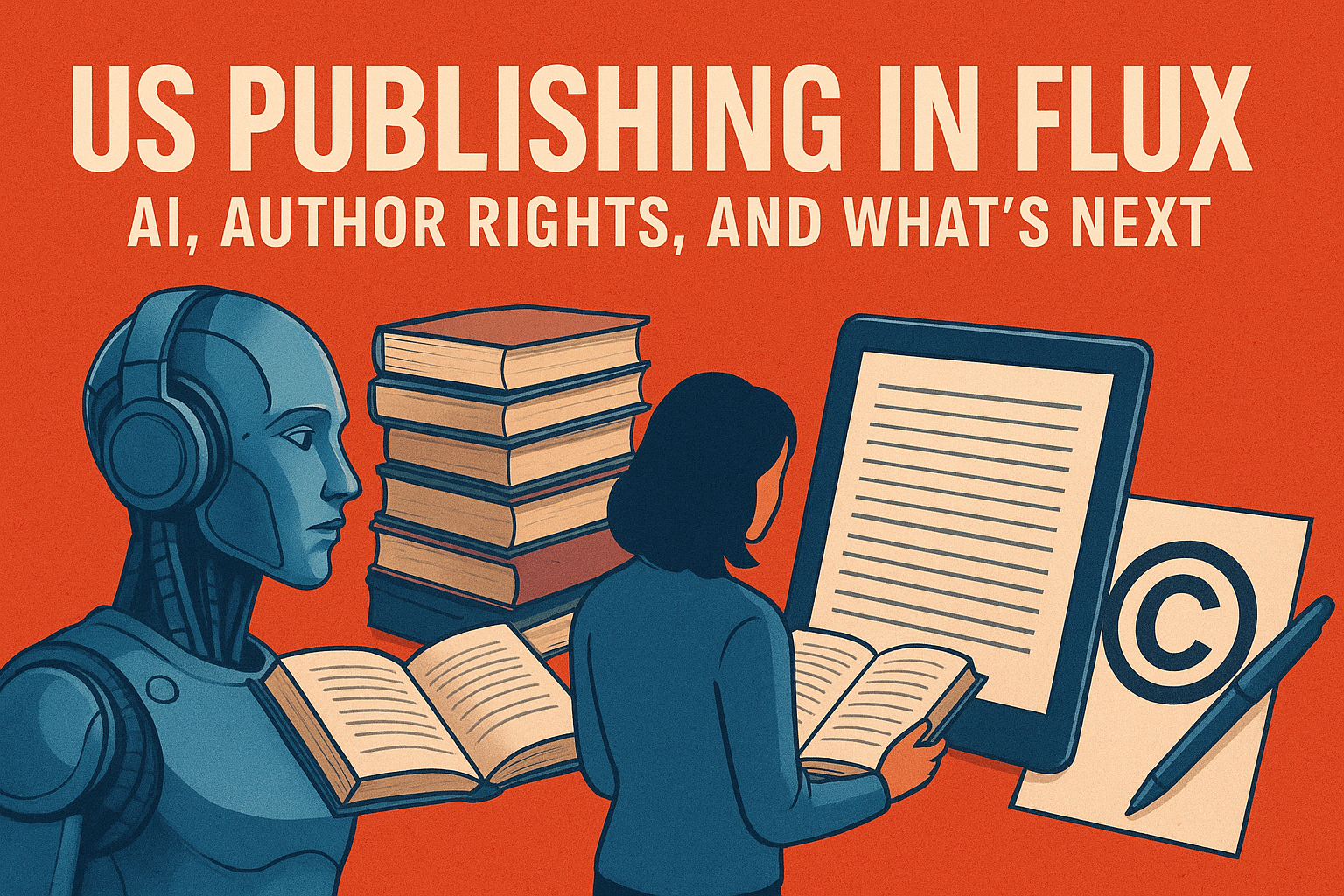Hardcover vs. Paperback Books: The Great Debate

The debate on hardcover vs. paperback has always been there, but with no definite winner as both book formats have their advantages and disadvantages.
When you visit a bookstore or a library, or even perhaps browse your friend’s personal book collection, you will see that hardcover and paperback are the two primary formats that dominate the shelves. While both formats serve the purpose of delivering captivating stories and valuable knowledge, there are distinct differences between them.
If you are pondering whether to add a hardcover book or a paperback book to your collection, this article will help you decide which format is right for you.
What is a hardcover book?
A hardcover book, often referred to as a hardback or cloth-bound book, is a type of bookbinding that features a rigid cover, typically made from thick cardboard or paperboard, which is then wrapped in a durable material like cloth or leather. The primary purpose of a hardcover is to provide added protection and durability to the book’s contents. These books are known for their sturdiness and resistance to wear and tear, making them a preferred choice for collectors and those who wish to preserve their favorite books over the long term.
A hardcover book is typically more visually appealing. It usually features a decorative dust jacket, which often emphasizes intricate designs, illustrations, and information about the book’s content. These qualities, combined with its ability to stand the test of time, make a hardcover book a popular choice among book enthusiasts.
What is a paperback book?
A paperback book, also known as a softcover book, is a more lightweight and flexible bookbinding option compared to its hardcover counterpart. The cover of a paperback book is made of thinner paper or cardstock, and it is typically coated with a glossy or matte finish. Paperback is popular for its portability, making it a preferred choice for readers on the go.
While they may lack the sturdiness of hardcovers, paperbacks offer a comfortable reading experience, as their flexibility allows you to easily hold and manipulate the book. This format is often more affordable, making it accessible to a wider audience of readers. Paperbacks are also commonly used for mass-market editions of books. Thus, they are a staple in bookstores, libraries, and the hands of casual readers who appreciate convenience and affordability.
What are the differences between hardcover and paperback?
The various factors you should consider when choosing between hardcover and paperback are as follows:
1. Physical Characteristics
2. Durability
3. Portability
4. Pricing
5. Collector’s Editions and Special Releases
6. Release Dates
7. Consumer Preferences
Let’s delve deeper into the disparities between the two formats and explore these factors.
1. Physical Characteristics
The most apparent dissimilarity between hardcover and paperback books lies in their physical attributes. Hardcover books are known for their sturdy construction, featuring a rigid cover made of thick cardboard or wood, wrapped in a protective layer of cloth or paper. Because of their intricate designs and eye-catching covers, they are preferred by book collectors, especially by avid fans of popular authors or book series. Hardcover editions make for stunning additions to your personal library.
On the other hand, paperback books have flexible covers made of lightweight materials, usually paper or cardstock. They are also often simpler in design. Paperbacks provide a comfortable reading experience, so if you are the type who favors practicality over aesthetics, they are a good option.
2. Durability
When it comes to durability, hardcover books have the upper hand. With their robust and rigid structure, they can withstand the test of time, making them ideal for long-term preservation. The ability of the hardcover to protect the pages from damage, such as tearing or bending, is a significant advantage. This durability is a key selling point of hardcovers. Even if you read them repeatedly, they still look pristine.
Paperback books, while more portable and lightweight, tend to be more susceptible to wear and tear due to their flexible cover and thinner pages. They may not endure the test of time as well as hardcovers, but they are perfect for you if you are the type who doesn’t mind having a book with creased spines or dog-eared pages.
3. Portability
Given the bulky nature of hardcover books, they are better suited for leisurely reading at home or at your favorite spot where you won’t be easily disturbed. They can be cumbersome to carry around, especially if you are always on the move.
If you’re someone who loves reading while traveling, whether it’s during your daily commute or on vacation, the portability of paperbacks can’t be denied. While hardcover books boast durability, paperbacks excel in terms of portability. You can easily slip them in your bags or pockets. The lightweight and flexible nature of paperback books make them easier to carry and hold, allowing you to enjoy your favorite stories on the go.
4. Pricing
Another factor that sets hardcover and paperback books apart is their pricing. Hardcover books, with their superior construction and ability to endure time, often come with a higher price tag. This premium price reflects the quality and durability associated with hardcovers.
Conversely, paperbacks are generally more affordable, making them a popular choice for readers seeking a budget-friendly option. If affordability is a major deciding factor for you, paperbacks are the more cost-effective choice.
5. Collector’s Editions and Special Releases
Hardcovers are often the format of choice for collector’s editions and special releases. They frequently feature unique cover designs, illustrations, or additional content. If you’re a collector or a fan of a particular author or series, hardcovers are a must-have for your shelf.
However, if you don’t seek collector’s editions and just simply enjoy reading your book without worrying about creasing or destroying it, paperbacks are a practical choice.
6. Release Dates
Hardcover books are often released before their paperback editions. Hardcovers have higher profit margins than paperbacks, so publishers release them first to make as much amount of profit as possible. The timeframe of their release differs depending on the publishers, but the most important factor these publishers consider is the sales for the hardcover book. When hardcover sales start to subside, they release a paperback edition. The average time is within six months to a year. For highly anticipated books, it could even take two years before publishers release a paperback edition.
If you’re an avid fan of a famous author or a book series, hardcovers allow you to access these books sooner. If you prefer paperbacks, you will be required to wait longer for the book.
7. Consumer Preferences
The choice between hardcover and paperback books ultimately boils down to personal preference. Some readers appreciate the aesthetic appeal and durability of hardcovers, especially for collectible editions or books they intend to keep for a lifetime—or even to pass on to their children and grandchildren. Others may prefer the convenience and affordability of paperbacks, particularly for casual reading or traveling.
The next time you’re browsing your favorite bookstore or deciding on your next online purchase, consider the abovementioned factors to make an informed choice. Your choice should enhance your reading experience and align with your personal preferences.
What are the pros and cons of hardcover vs. paperback?
When faced with the choice of either hardcover or paperback, you should identify the distinct advantages and drawbacks of either format.
Based on the abovementioned factors, here are the pros and cons of hardcover vs. paperback at a glance:
Hardcover
Pros | Cons |
Durable | Higher cost |
Visually appealing | Heavier and bulky |
Collector’s item | Less comfortable to hold |
Better protection of pages | Limited availability |
Early release | Less convenient |
Paperback
Pros | Cons |
Affordable | Less durable |
Portable and lightweight | Limited collector’s appeal |
Comfortable to hold | Later release dates |
Wider availability | Limited page protection |
Convenient for casual reading | Susceptible to damage |
The pros and cons mentioned above should only serve as your guiding factors. The most significant thing to remember is that whether you choose a hardcover or a paperback, it should allow you to enjoy the reading experience.
Conclusion
The hardcover vs. paperback debate will always spark conversations among avid readers and book enthusiasts. It’s a testament to the enduring love people have for books and the significance they attach to the way stories are presented.
So which book format is right for you? It depends on your individual reading habits, priorities, and budget. Remember that hardcover books offer durability, protection, and a premium feel but come at a higher cost. Paperback books, on the other hand, prioritize portability, affordability, and accessibility.
Whether you find yourself drawn to the elegance of hardcovers or the practicality of paperbacks, the format you choose should fit your budget and lifestyle.
FAQs
1. What is the primary difference between hardcover and paperback books?
The primary difference between hardcover and paperback books lies in their binding and cover materials. Hardcover books have rigid, durable covers made of thick cardboard and often feature decorative dust jackets, while paperback books have flexible, lightweight covers typically made of paper or cardstock.
2. Which is more durable, a hardcover book or a paperback book?
A hardcover book is generally more durable than a paperback due to its robust construction. Hardcovers withstand wear and tear better, making them an ideal choice for books you intend to keep for a long time or for collector’s editions. Paperbacks, while less durable, are more affordable and practical for casual reading, especially if you are always on the go.
3. Are hardcovers more expensive than paperbacks?
Yes, hardcovers are typically more expensive than paperbacks. The premium materials and production costs associated with hardcovers often result in a higher price point. Paperbacks are more budget-friendly and accessible to a broader range of readers.
4. Is there a significant difference in the content between hardcover and paperback editions of a book?
The content of a book is generally the same between hardcover and paperback editions. However, hardcovers are often released before paperbacks and may include unique cover designs, illustrations, or additional content. The primary difference lies in the presentation and aesthetics rather than the actual text.
5. Which format do readers usually buy: hardcover or paperback?
According to a poll conducted by Goodreads, out of 21,250 respondents as of this writing, 12,126 (57.1%) preferred paperback, and 9,124 (42.9%) preferred hardback. From these figures, you can see that there is not a considerable difference between the numbers of readers who prefer either format. The reasons for their preference are mixed, with some saying that they prefer hardcover for their permanent book collection and paperback for their travels.
In the end, readers buy hardcover or paperback according to their budget, habits, and lifestyle.
6. Is it worth it to buy hardcover books?
The worth of buying hardcover books depends on individual preferences and priorities. If you value the durability and long-lasting quality of books, appreciate the aesthetic appeal of hardcovers, or are a collector looking for special editions, then investing in hardcovers may be worth it. They are ideal for those who want books to last for generations or who are seeking a visually pleasing addition to their library. However, if you’re on a tight budget or prioritize the convenience and affordability of paperbacks, then opting for hardcovers might not be as practical. The decision ultimately hinges on your specific reading habits, financial considerations, and how you personally connect with books.




